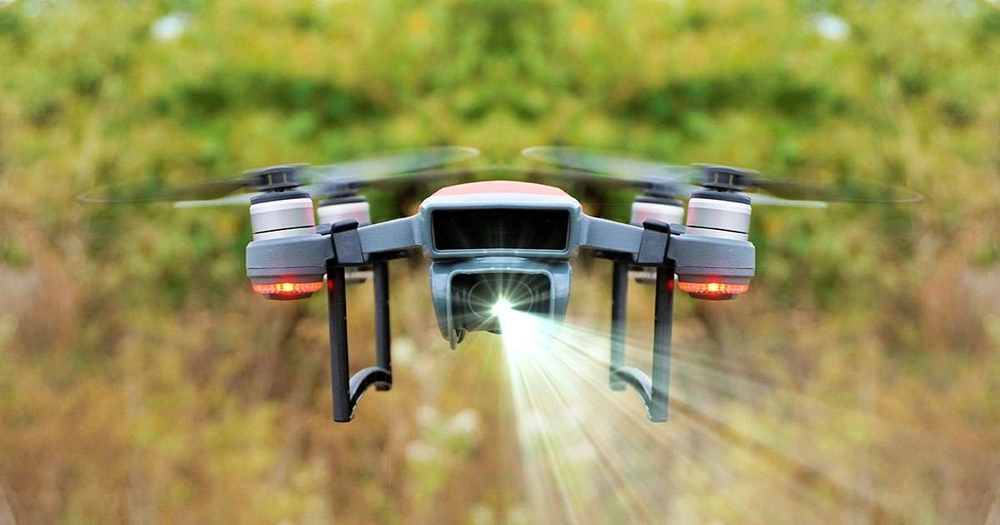
In the land surveying industry, the right technology makes all the difference. Modern land surveying equipment has made it possible to take ever more precise measurements and to more easily and accurately document them.
On the other side of the coin, it also increases the expectations on land surveyors execute on job quality, accuracy and efficiency. Technology will continue to change the surveying industry and professionals in the field will be required to adapt if they hope to keep up. Learn about the ways land surveying technology is changing and to see the top products on the market.
Land surveying has been around as long as land and property has been bought and sold. From using feet to measure, surveying methods progressed to using premeasured lengths of chain and then to steel tape measures.
Some of the biggest advances in modern land surveying equipment include:
Over the past several decades, land surveying software and equipment has developed rapidly. Electronic devices and robotics continue to revolutionize the industry.
Today, one of the most commonly used pieces of modern land surveying equipment is the total station theodolite (TST). This tool allows for precise measurement by a single surveyor made possible through remote control. The surveyor simply needs to position the TST and then stand at the target point with the prism to operate the tool remotely.
Another development in land surveying technology is the use of global positioning systems (GPS). By using a satellite to pinpoint the location of objects, measurements become exceedingly accurate because line of sight is no longer required. Accurate readings are suddenly possible over the roughest terrain and even underwater. Readings can even be rendered in 3D to create a visual image of boundaries on multiple planes.
Not only has land surveying technology developed rapidly over the past few decades, but it is becoming increasingly easier to use. While once the task of mapping a boundary required the use of several pieces of large, complex equipment, many essential surveying tasks can be completed using a mobile mapping system on a handheld device or even a smartphone.
As technology continues to change the world of land surveying, developments are moving into an entirely new realm of near-complete automation:
Because land surveying has become such a dynamic field, it is up to the professional to continue his education and to stay up to date with the latest land surveying technology. The future of land surveying is a bright one with the right land surveying equipment.